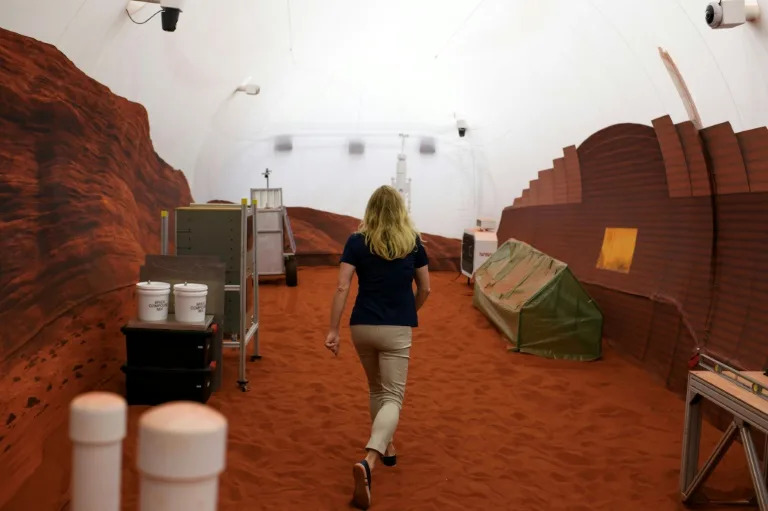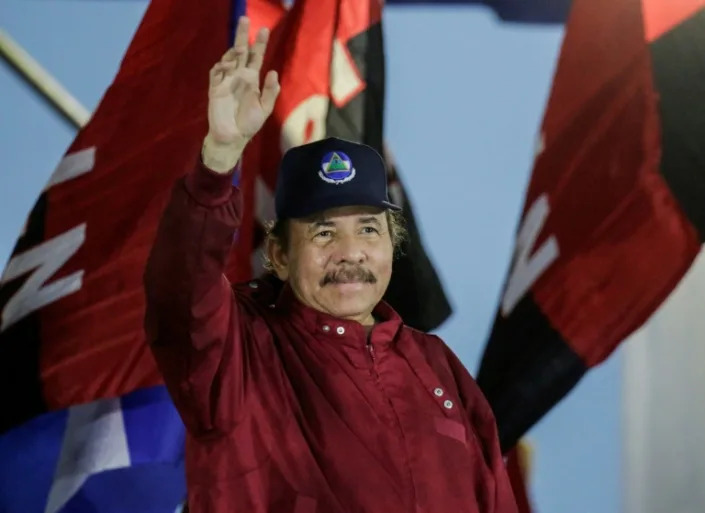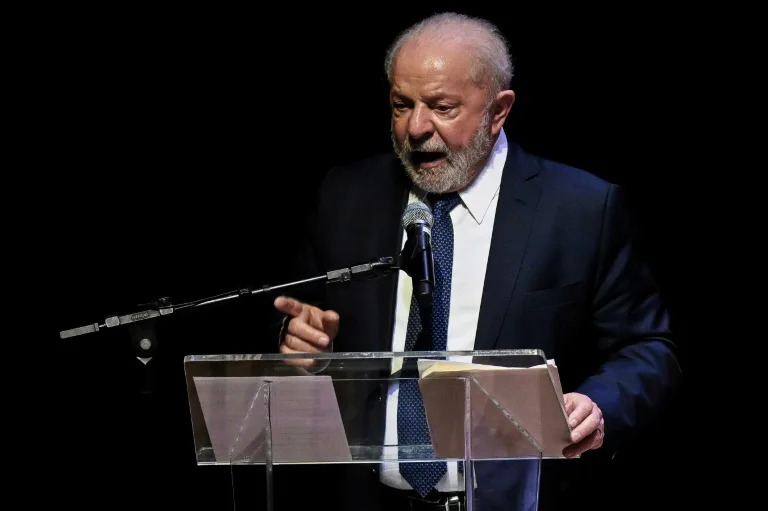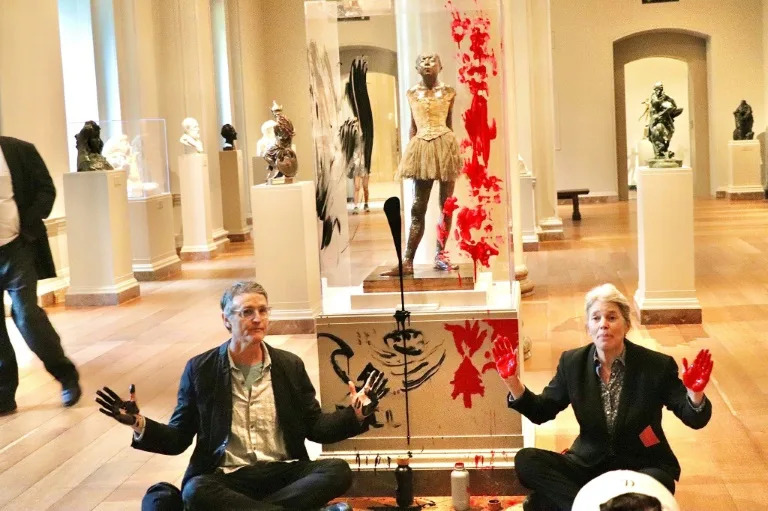By Stefano Coledan

1/8
This is an artist's rendering of Skylab in 1973.
Image courtesy of NASA/Marshall Space Flight Center
CAPE CANAVERAL, Fla. May 25 (UPI) Fifty years ago, on May 25, 1973, three NASA astronauts were launched from Kennedy Space Center in Florida to spend a month aboard Skylab, America's first space station. Their first order of business was to rescue it.
"Houston, Skylab 2 [here], we fix anything," mission commander Pete Conrad said enthusiastically, to ground controllers as a Saturn 1B carried his Apollo capsule and two other astronauts, Joseph Kerwin and Paul Weitz, to rendezvous with the newly orbiting Skylab.
Their mission was to spend 28 days aboard the 100-ton space station. But even before docking with the new orbital base, they had vital tasks to carry out.
The first order of business was emergency repairs on Skylab's exterior. The three astronauts had been training for a total of only 10 days to perform that unexpected and risky part of their mission.
Such a short time was unheard of in all of NASA's history.
Disaster strikes
The first mission started on time, on May 14, 1973, when a modified Saturn V rocket had taken the space laboratory, without a crew on its way toward Earth orbit. Even though everything seemed normal, disaster already had struck.
CAPE CANAVERAL, Fla. May 25 (UPI) Fifty years ago, on May 25, 1973, three NASA astronauts were launched from Kennedy Space Center in Florida to spend a month aboard Skylab, America's first space station. Their first order of business was to rescue it.
"Houston, Skylab 2 [here], we fix anything," mission commander Pete Conrad said enthusiastically, to ground controllers as a Saturn 1B carried his Apollo capsule and two other astronauts, Joseph Kerwin and Paul Weitz, to rendezvous with the newly orbiting Skylab.
Their mission was to spend 28 days aboard the 100-ton space station. But even before docking with the new orbital base, they had vital tasks to carry out.
The first order of business was emergency repairs on Skylab's exterior. The three astronauts had been training for a total of only 10 days to perform that unexpected and risky part of their mission.
Such a short time was unheard of in all of NASA's history.
Disaster strikes
The first mission started on time, on May 14, 1973, when a modified Saturn V rocket had taken the space laboratory, without a crew on its way toward Earth orbit. Even though everything seemed normal, disaster already had struck.
Aerodynamic forces ripped off one of Skylab's twin solar panels, most of the laboratory's meteoroid shield and the thermal insulation beneath it.
Engineers on the ground realized the magnitude of the problem only when Skylab's onboard sensors showed that environmental temperatures had shot up beyond tolerable limits.
It didn't take long before some space agency's managers implied that Skylab was finished, a useless piece of space junk. Instead, it turned out to be one of those moments when NASA showed it could overcome seemingly insurmountable setbacks.
On that first day of their mission, Conrad brought his capsule as close as possible to Skylab for a close-up inspection. Missing solar panel aside, dislodging its debris, which prevented the other from deploying, would require more complex work than anybody could imagine.
Docking with Skylab proved to be more challenging than expected. It took Conrad several tries and troubleshooting before parking his capsule for good. For their first day in space, the Skylab 2 crew had been through enough.
Resuming work
A good night sleep was enough for the crew to resume work. It was May 26. Conrad and Weitz floated outside their spacecraft, making sure to avoid debris and sharp edges, eventually installing a so-called parasol, a specially designed blanket to protect the workshop's outer skin.
It took patience, time, and improvisation, but it worked. Within the first hour, inside temperatures had dropped about 50 to 60 degrees F, NASA reported.
Next came the missing solar panel. When it was ripped off during launch, debris, wiring, tubing and metal straps became stuck against the opposite solar wing, still flush against Skylab's body.
Everybody knew that it must deploy for that mission and the next two to succeed -- and for the $2.6 billion program (almost $18 billion in today's dollars) to be successful.
Skylab 2 would last 28 days; Skylab 3, 59 days; and Skylab 4, 84 days.
It took more extra time, strenuous physical effort and a pair of humble shears to finish the job successfully. Never-before-heard curses -- not in TV transmissions from space -- slipped out as the astronauts gasped for air.
In essence, $75,000 worth of orange foil saved the day, the rest of their Skylab 2 mission, the other two Skylab missions and whole program.
It took until May 29 before Conrad Kerwin and Weitz could start the assigned work on the original schedule.
Evolution of spaceflight
"Skylab was the next logical step in the evolution of spaceflight," Alan Bean, commander of the second crew to live on the station, said several years after the program ended. As Apollo 12 lunar module pilot, he became the fourth man to walk on the moon.
"Its most important contributions, still essential to the space program today, were what it taught about behavior in space and reactions to prolonged weightlessness," Bean said of Skylab.
''We didn't know how important exercise was to staying fit in orbit. We thought we knew. But then one test is worth 1,000 experts' opinions.''
On May 29, the crew finally could turn on lights, water, air conditioning and filters, and the toilets. Moreover, temperatures had fallen around 80 degrees, so all three men gathered in the station's bottom section, around the dining room table, and had a real breakfast.
Then came blood tests to check their heart and muscle conditions for scientists on the ground to study the effects of their extended time in virtual weightlessness.
Next, they moved on to activities that could be done only in space.
Using onboard telescopes in the airless (vacuum) of space they could create artificial eclipses to observe the sun over much longer intervals than on Earth. That's when the solar atmosphere, the corona, becomes visible in all its splendor.
Lessons learned
The lessons learned from the Skylab missions, multitudes of achievements, and tangible experience in most scientific and technical disciplines paved the way for the future of robotic and human exploration of space -- not to mention the concrete progress in everyday life.
Studies on the astronauts' health, psychological and interactive behavior and other, innumerable facets were fundamental for construction and development of the International Space Station -- and for current studies to plan human and robotic missions flying faster and farther into the solar system.
In all, three crews were launched, each in turn setting a record for longest human space flight at the time. The Skylab program totaled 513 man-days in orbit, conducted thousands of experiments in many different disciplines and even viewed the rather disappointing comet Kohoutek from Skylab III, NASA said.
Skylab was an instrumental way to study and learn about the world. And it provided something more in the way it ended. The space shuttle had yet to start flying when Skylab came down in flames on July 12, 1979, over the Indian Ocean and western Australia, more than five years after the last crew returned to Earth.
The results from three Skylab missions gave NASA, the engineering and scientific communities, as well as commercial, industrial and research organizations and institutions a multitude of scientific disciplines.
Now, there were new ways of analyzing, studying and learning from technical and scientific achievements.
"Skylab was the next logical step in the evolution of spaceflight," Alan Bean, commander of the second crew to live on the station, said several years after the program ended. As Apollo 12 lunar module pilot, he became the fourth man to walk on the moon.
"Its most important contributions, still essential to the space program today, were what it taught about behavior in space and reactions to prolonged weightlessness," Bean said of Skylab.
''We didn't know how important exercise was to staying fit in orbit. We thought we knew. But then one test is worth 1,000 experts' opinions.''
On May 29, the crew finally could turn on lights, water, air conditioning and filters, and the toilets. Moreover, temperatures had fallen around 80 degrees, so all three men gathered in the station's bottom section, around the dining room table, and had a real breakfast.
Then came blood tests to check their heart and muscle conditions for scientists on the ground to study the effects of their extended time in virtual weightlessness.
Next, they moved on to activities that could be done only in space.
Using onboard telescopes in the airless (vacuum) of space they could create artificial eclipses to observe the sun over much longer intervals than on Earth. That's when the solar atmosphere, the corona, becomes visible in all its splendor.
Lessons learned
The lessons learned from the Skylab missions, multitudes of achievements, and tangible experience in most scientific and technical disciplines paved the way for the future of robotic and human exploration of space -- not to mention the concrete progress in everyday life.
Studies on the astronauts' health, psychological and interactive behavior and other, innumerable facets were fundamental for construction and development of the International Space Station -- and for current studies to plan human and robotic missions flying faster and farther into the solar system.
In all, three crews were launched, each in turn setting a record for longest human space flight at the time. The Skylab program totaled 513 man-days in orbit, conducted thousands of experiments in many different disciplines and even viewed the rather disappointing comet Kohoutek from Skylab III, NASA said.
Skylab was an instrumental way to study and learn about the world. And it provided something more in the way it ended. The space shuttle had yet to start flying when Skylab came down in flames on July 12, 1979, over the Indian Ocean and western Australia, more than five years after the last crew returned to Earth.
The results from three Skylab missions gave NASA, the engineering and scientific communities, as well as commercial, industrial and research organizations and institutions a multitude of scientific disciplines.
Now, there were new ways of analyzing, studying and learning from technical and scientific achievements.













